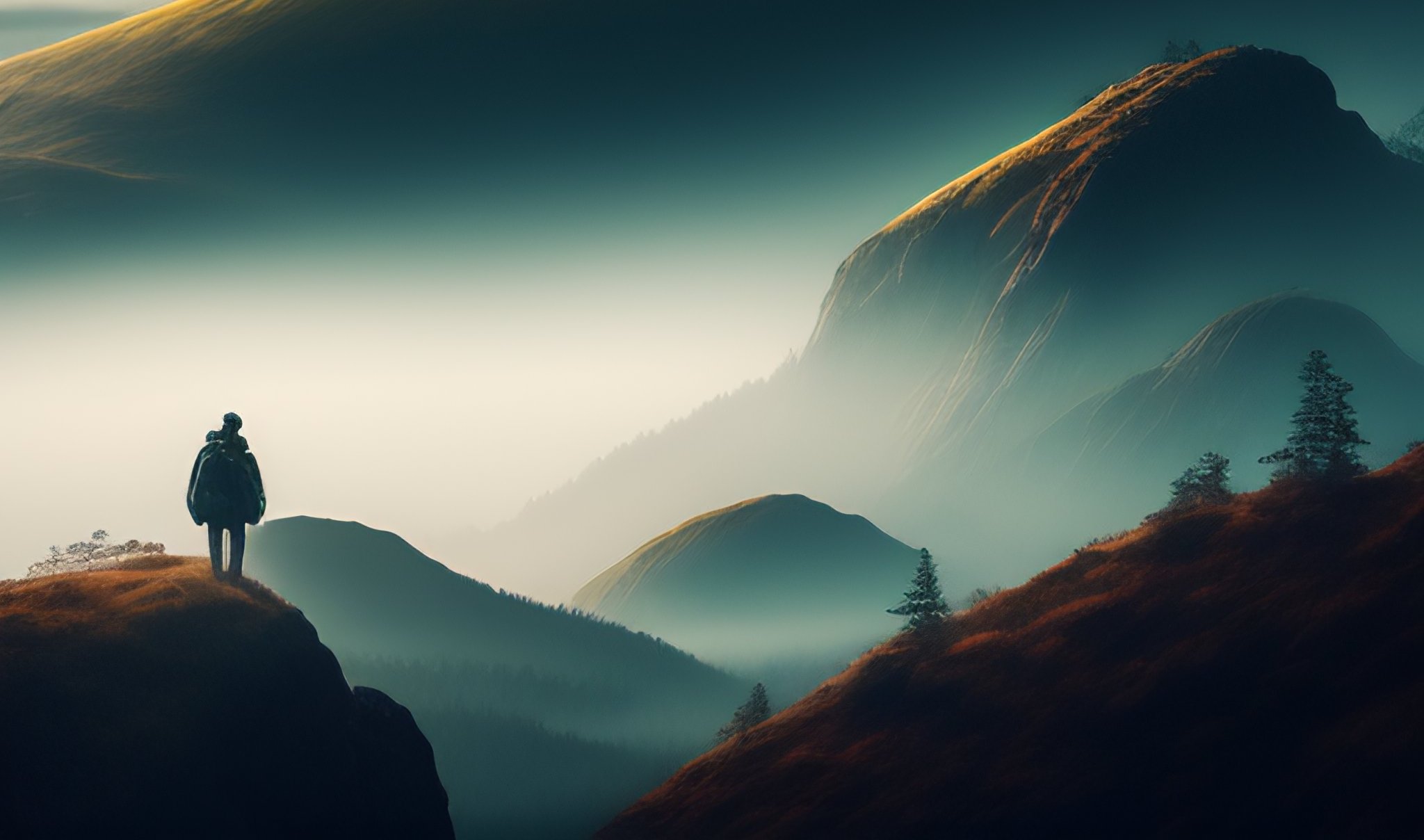The Mystery of Storage Images 🖼️

You've found the scattered images during your ascent, but now it's time to use Appwrite Storage to retrieve all the images and try to solve the puzzle! Hoping all the images are in good condition...
Retrieving Images from Storage 🖼️
Congratulations, adventurer! You've successfully retrieved all the scattered images during your mountain ascent. Now, it's time to display them in your application to solve the puzzle! 🧩
After initializing the Appwrite SDK to allow you to communicate with the Storage part of Appwrite, you'll go to the src/workshop/api/modules/storage/puzzle.ts file and modify the getPuzzlePieces function that will retrieve and return the storage images.
Once the list has been retrieved, you can proceed to the next step by clicking the button at the bottom of the page.
Solution ✅
import {storage} from '@/workshop/api/config/client.config';
import {EnvConfig} from '@/workshop/api/config/env.config';
export const getPuzzlePieces = async (): Promise<FilesList> => {
try {
return await storage.listFiles(EnvConfig.storageBucketId);
} catch (error: any) {
throw new AppwriteException(error);
}
};import {storage} from '@/workshop/api/config/client.config';
import {EnvConfig} from '@/workshop/api/config/env.config';
export const getPuzzlePieces = async (): Promise<FilesList> => {
try {
return await storage.listFiles(EnvConfig.storageBucketId);
} catch (error: any) {
throw new AppwriteException(error);
}
};Displaying found images 🧐
Now that you've retrieved the storage images, it's time to display them in your application. It seems like you already have the code for iterating over the retrieved images, but something is still missing in the getPuzzlePiecesForPreviews function to display them. For this, we'll use one of Appwrite's methods to retrieve an image preview, which is its URL based on its ID.
Solution ✅
import {storage} from '@/workshop/api/config/client.config';
import {EnvConfig} from '@/workshop/api/config/env.config';
export const getPuzzlePiecesForPreviews = ({fileId}: FilePreview): URL => {
try {
return storage.getFilePreview(
EnvConfig.storageBucketId,
fileId,
);
} catch (error: any) {
throw new AppwriteException(error);
}
};import {storage} from '@/workshop/api/config/client.config';
import {EnvConfig} from '@/workshop/api/config/env.config';
export const getPuzzlePiecesForPreviews = ({fileId}: FilePreview): URL => {
try {
return storage.getFilePreview(
EnvConfig.storageBucketId,
fileId,
);
} catch (error: any) {
throw new AppwriteException(error);
}
};The Powers of Image Transformations 🌟
Unfortunately, a new riddle presents itself. The images you've collected seem to be damaged; you can't see them on the screen, even though they're there. They're not usable in their current state, but don't worry because Appwrite is here to help you with its image transformations! 🪄
You're going to modify the preview image retrieval function to apply server-side transformations to restore the damaged images.
Change the background of the images to black to make them display properly on the screen! Once the transformations are applied, the images should be ready for puzzle-solving and discovering the secrets of the mountain!
Step 1️⃣: Modify the Preview Retrieval Function
In the src/workshop/api/modules/storage/puzzle.ts file, modify the getPuzzlePiecesForPreviews function to accept additional parameters that will allow you to apply transformations to the retrieved images.
Solution ✅
import {storage} from '@/workshop/api/config/client.config';
import {EnvConfig} from '@/workshop/api/config/env.config';
export const getPuzzlePiecesForPreviews = ({
fileId,
width,
height,
gravity,
quality,
borderWidth,
borderColor,
borderRadius,
opacity,
rotation,
background,
output,
}: FilePreview): URL => {
try {
return storage.getFilePreview(
EnvConfig.storageBucketId,
fileId,
width,
height,
gravity,
quality,
borderWidth,
borderColor,
borderRadius,
opacity,
rotation,
background,
output
);
} catch (error: any) {
throw new AppwriteException(error);
}
};import {storage} from '@/workshop/api/config/client.config';
import {EnvConfig} from '@/workshop/api/config/env.config';
export const getPuzzlePiecesForPreviews = ({
fileId,
width,
height,
gravity,
quality,
borderWidth,
borderColor,
borderRadius,
opacity,
rotation,
background,
output,
}: FilePreview): URL => {
try {
return storage.getFilePreview(
EnvConfig.storageBucketId,
fileId,
width,
height,
gravity,
quality,
borderWidth,
borderColor,
borderRadius,
opacity,
rotation,
background,
output
);
} catch (error: any) {
throw new AppwriteException(error);
}
};Step 2️⃣: Modify the Function Call to Change the Background Color
In the src/workshop/components/storage/puzzle.tsx page responsible for displaying images, you'll modify the function call to getPuzzlePiecesForPreviewsto pass a background parameter to change the background color of the images to black.
Solution ✅
const imgSrc = getPuzzlePiecesForPreviews({
fileId: file.$id,
background: '000000',
});const imgSrc = getPuzzlePiecesForPreviews({
fileId: file.$id,
background: '000000',
});TIP
As you can see with all the available parameters, Appwrite's image transformations are very powerful and allow you to do a lot. They save you from having to perform client-side transformations, such as resizing an image for mobile view. You can learn more about Appwrite's image transformations in the documentation.
You seem to have everything you need to solve the puzzle mystery and proceed to the next step by clicking the button at the bottom of the AppVenture page to verify your discovery 🧩